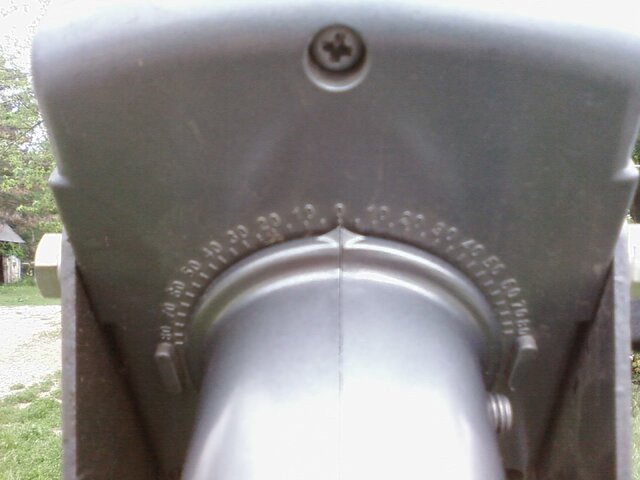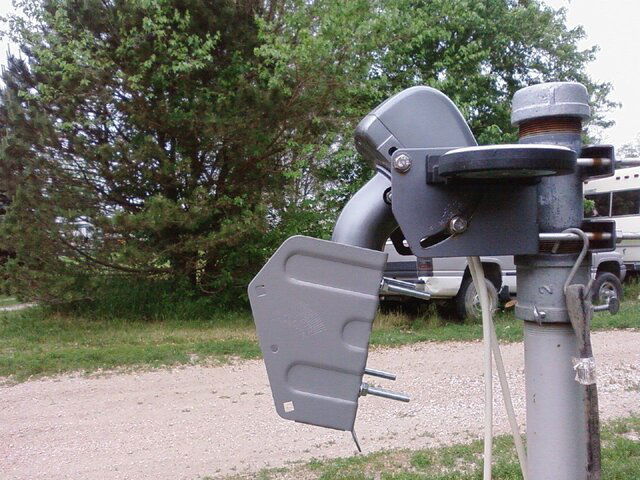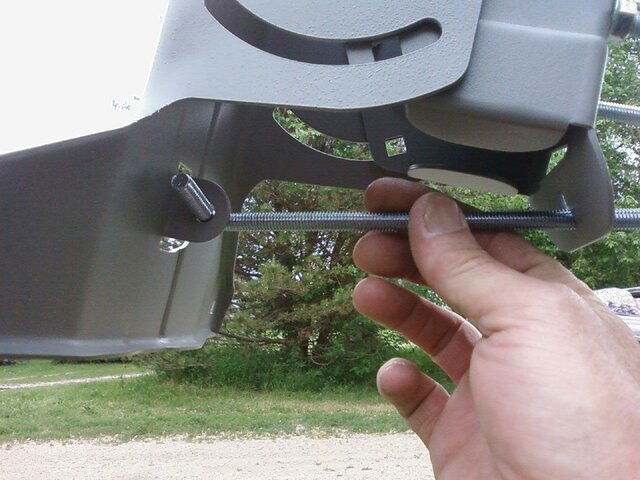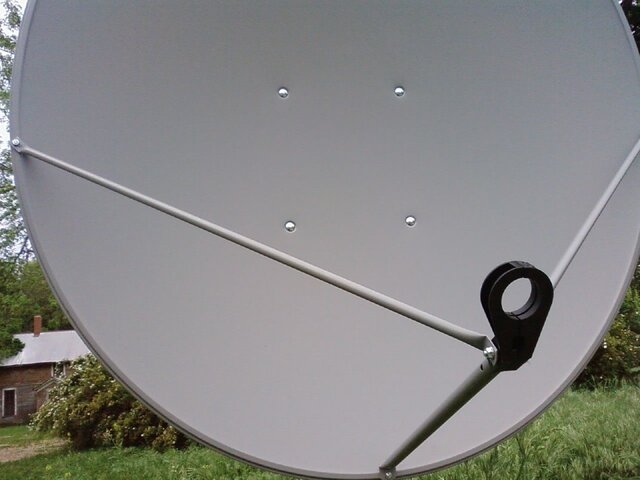I wasn't feeling too well today, but I just had to start this project as my new 1.2 M dishes arrived early this morning. The delivery man called for specific instructions to get to my home, so after I provided that, he showed up within 20 minutes. Pretty good time as you almost have to speed to make it here in that time when you know where you are going!
Anyway, I just couldn't resist the temptation to set up this new dish to test it, regardless of my nasty bugger of a cold.
I took some pictures as I went along. I made a couple of mistakes in this process, but I found my errors in quick time and corrected them as I went along. So if you see something incorrect in my photos, there will probably be an explanation upcoming in one of my following posts.
The rest of this thread will be devoted to the installation of this dish. I have to stop with the photos now as it is growing too dark outside.
I still have some work in the alignment area to make this setup perfect, but I am quite close already. It won't take long to peak it to perfection, but that will have to wait for a day when I am feeling a little more up to par.
RADAR
Anyway, I just couldn't resist the temptation to set up this new dish to test it, regardless of my nasty bugger of a cold.
I took some pictures as I went along. I made a couple of mistakes in this process, but I found my errors in quick time and corrected them as I went along. So if you see something incorrect in my photos, there will probably be an explanation upcoming in one of my following posts.
The rest of this thread will be devoted to the installation of this dish. I have to stop with the photos now as it is growing too dark outside.
I still have some work in the alignment area to make this setup perfect, but I am quite close already. It won't take long to peak it to perfection, but that will have to wait for a day when I am feeling a little more up to par.
RADAR
















